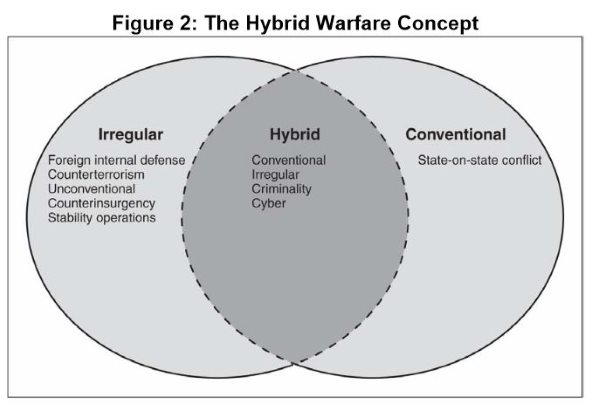Lockheed Martin, supported by the US Army’s Aviation and Missile Research Development and Engineering Centre (AMRDEC), has completed a controlled test flight of its improved-design Miniature-Hit-To-Kill (MHTK) interceptor to verify the performance of the missile’s enhanced airframe with an updated electronics package.
Lockheed Martin’s (NYSE: LMT) Miniature Hit-to-Kill (MHTK) missile successfully conducted a controlled flight test in Jan 2018 to demonstrate the interceptor’s increased agility, and to validate the performance of its airframe and electronics — now common between MHTK’s two configurations to drive affordability.
Friday’s test at White Sands Missile Range, New Mexico, was the first ever for MHTK’s updated electronics, and the second for the interceptor’s next-generation airframe. Commonality between the two missile configurations (active and semi-active seeker), and the increased agility demonstrate MHTK’s transformational capabilities to defeat rocket, artillery and mortar (RAM) targets with greater accuracy, reliability and range compared to current systems. Funded by Lockheed Martin, the successful test advances the program’s technical maturity level and builds confidence in the interceptor’s ability to defeat current and evolving threats.
“Today’s global security environment demands agile, close-range solutions that protect warfighters and citizens from enemy rockets, artillery and mortars,” said Bob Saxer, vice president of Air and Missile Defense at Lockheed Martin Missiles and Fire Control. “This test is another successful milestone demonstrating the interceptor’s maturity as well as performance, and we look forward to continuing to build on this success.”
Israeli company Rafael’s Tamir and Lockheed Martin’s new Miniature Hit-to-Kill missile are both being offered to the Army as possible interceptors for the service’s Indirect Fires Protection Capability. The Army is looking for a second interceptor for its multi-mission launcher — part of the IFPC Increment 2 program — having already chosen a first weapon, the Raytheon-manufactured AIM-9X Sidewinder missile.
The Army wants to qualify a variety of interceptors for the system and, in a search for the second one, is looking for capability to counter rockets, artillery, and mortars as well as provide residual cruise missile defense and defend against drones.
Miniature Hit-to-Kill (MHTK) interceptor
Earlier, onFriday, July 29, 2016 , the Miniature Hit-to-Kill (MHTK) interceptor was successfully launched in an engineering demonstration at White Sands Missile Range, New Mexico. The flight demonstrated the agility and aerodynamic capability of the MHTK missile, which is designed to defeat rocket, artillery and mortar (RAM) targets at ranges greatly exceeding those of current and interim systems. Today’s test advances the program, increasing the level of MHTK maturity.
Janice Booth, program manager at AMRDEC, said, “We still need to review the data gathered, but we are pleased with what we have seen so far. The MHTK has the potential to bring miniaturized capabilities to the warfighter with lower costs and reduced logistic footprints, and opens up a world of opportunities for applications of small interceptors.”
EAPS missile has been developed to counter incoming rocket, artillery, and mortar fire out to ranges of 3 – 4 km (1.9 – 2.5 miles) through body-to-body impact. The MHTK rockets contain a tungsten penetrator and a semi-active radar guidance system that guides the rockets to strike targets which are illuminated by ground-based radar.
Designed to be fired from the US Army’s Multi-Mission Launcher (MML) air defence launcher, the initial MHTK solution provided for an interceptor with semi-active radar guidance, an airframe measuring just under 68.6 cm (27 in) in length and approximately 40 mm (1.6 in) in diameter, with a launch weight of about 2.2 kg (5.5 lb). The MHTK is extremely compact and very agile in flight. It is designed to be small in size while retaining the range and lethality desired in a counter-RAM solution.
The enhanced design airframe sees an increase in the length of the airframe to just over 71.1cm (28 in) to accommodate a larger battery and some additional electronics for the seeker – but with no change in weight and a slightly sharper front end. Four asymmetrically aligned smaller fins have been added slightly forward of the primary four-fin tail assembly near the base of the rocket motor.
The MHTK uses Hit-to-Kill technology, which destroys threats through kinetic energy in body-to-body contact. Hit-to-Kill technology delivers all of the available interceptor energy, but removes the risk of collateral damage seen in traditional blast-fragmentation interceptors. The MHTK interceptor complements other Lockheed Martin Hit-to-Kill missile interceptors by delivering close-range lethality with proven success for a true layered Hit-to-Kill defense.
 International Defense Security & Technology Your trusted Source for News, Research and Analysis
International Defense Security & Technology Your trusted Source for News, Research and Analysis


